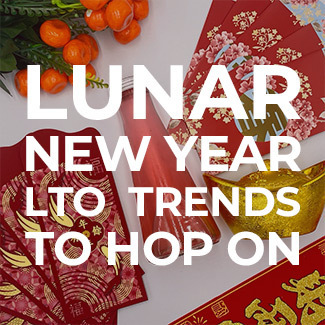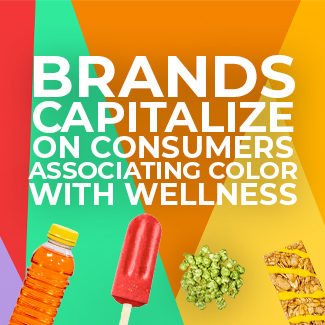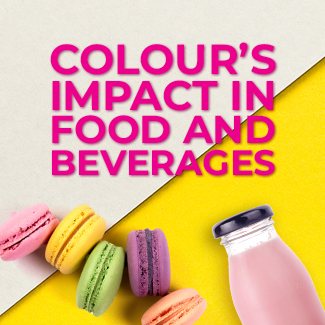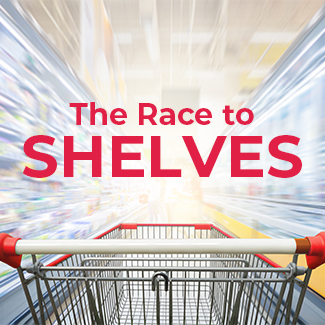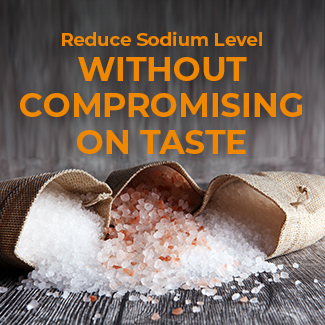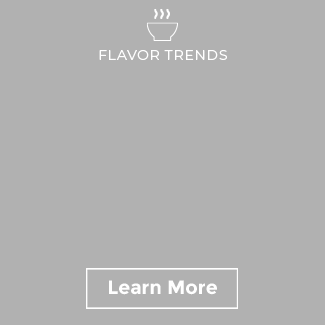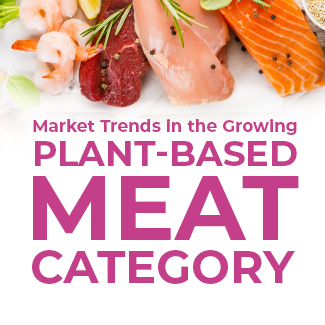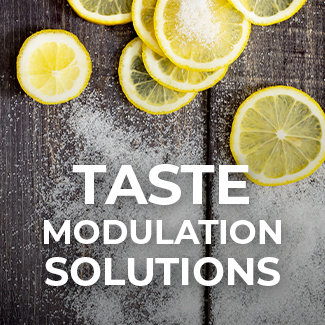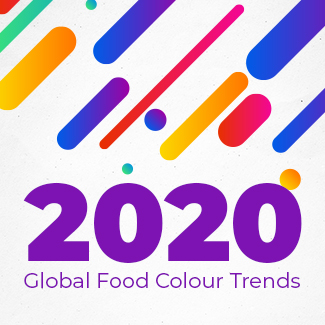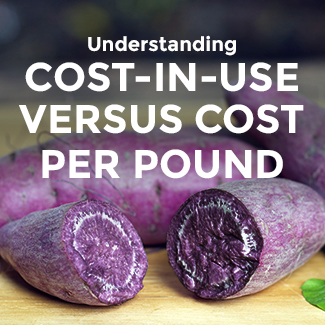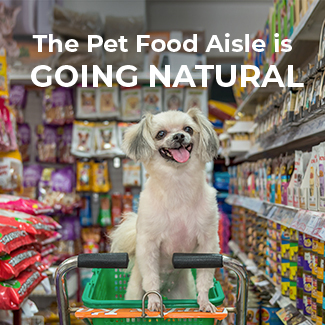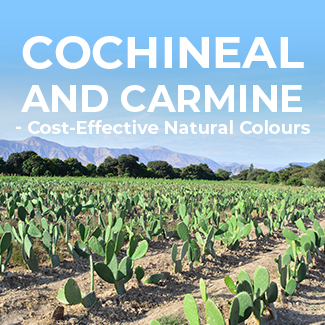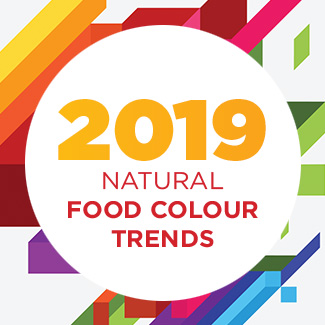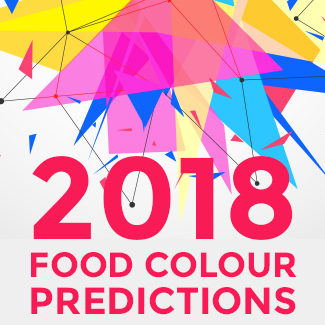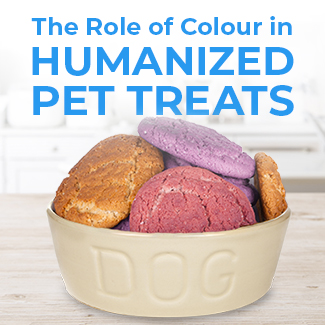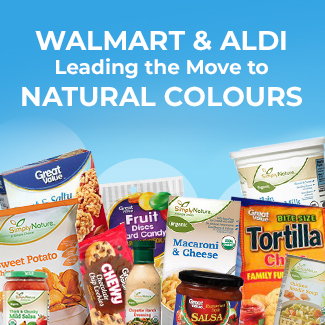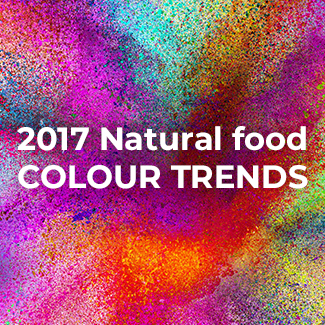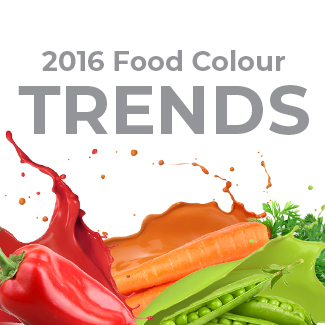What Does It All Mean? Kraft, Nestle, and Hershey Go Natural
Kraft has certainly been in the headlines of late. Just as the rumble regarding the Kraft-Heinz merger subsided, the company announced the replacement of Yellow #5 and #6 in its iconic Kraft Mac ‘n Cheese brand with natural colours. The announcement by Kraft came on the heels of similar news that Nestle and Hershey would be replacing synthetic colour with natural colour in all their chocolate confections. So was Kraft merely following its peers in the food industry? I really don’t think that could be the case. Kraft stated the change has been in the works for three years, and that makes a lot more sense. The Original Mac ‘n Cheese is a beloved brand. It connects people to their childhood. Formula changes to a brand with that type of history and consumer loyalty cannot be made cavalierly. There is too much at stake. Often overlooked is the incredibly important role that colour plays in the enjoyment of food. Many studies have concluded that colour is at least as important in determining preference as the actual flavour itself. For Original Mac ‘n Cheese, the colour is as much a part of the brand as its signature blue packaging. Consumer Concern about Artificial Colour Varies Depending on Category For some in the food industry, the announcements from Nestle followed by Hershey and Kraft may seem surprising. After all, none of the brands involved have ever been positioned as offering superior health and wellness. In the case of original Mac ‘n Cheese, Kraft has typically communicated a ‘fun and flavour’ message. The answer lies in the evolving consumer concern regarding any ingredient perceived as “artificial” or man-made. But beyond that, what really matters is WHO is actually the end consumer. The answer for Nestle, Hershey, and Kraft is kids. Moms, especially the millennial variety, really take a second look at ingredients when their children are going to be the main consumers of a product. Sensient recently conducted national research on consumer attitudes toward colour and specifically which categories mattered most. Not surprisingly, dairy topped the list with over 52% of the total population very concerned about artificial colours in Dairy products. Yogurt is a big driver of this number. The next most important category is ‘kid-centric’ or categories where products are frequently eaten by children. The level of concern here is almost equal to dairy at 51%.
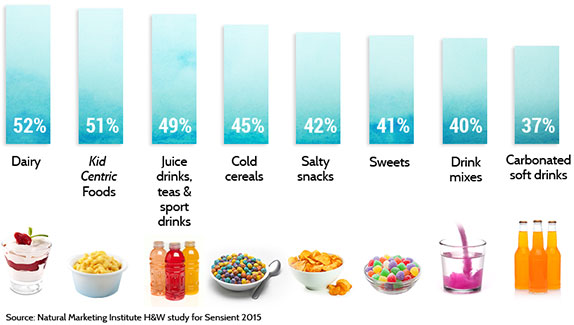 It is clear that all three companies are listening and responding to what their respective customers are telling them about colour. And despite not positioning these brands as overtly better-for-you, simpler ingredient labeling is still an important part of the equation.
Store Brands are sure to follow
There are three clear takeaways from the Kraft, Nestle, and Hershey moves.
1. Expect to see similar announcements from brands who target either ‘all-family’ or younger children. As time goes by, colours from natural sources will likely be table stakes in order to gain shopper loyalty.
2. Look for Store Brands to try and beat national brand equivalents to market in a lot of instances. Store Brands have already been innovating with natural and organic offerings, and they generally have less risk in making formula changes than iconic brands.
3. The Food Industry should see a new wave of innovation as larger consumer packaged goods companies fight back against their smaller but faster growing competitors in an attempt to win the hearts and minds of the new Millennial Mom.
From a performance standpoint, the gap between synthetic shades and natural ones is closing rapidly. New technologies and colour sources enable manufacturers to achieve better results than ever before. At Sensient, we are also making major strides in reducing cost-in-use over time. Much of this work is focused on raw botanicals and extraction techniques.
It is clear that all three companies are listening and responding to what their respective customers are telling them about colour. And despite not positioning these brands as overtly better-for-you, simpler ingredient labeling is still an important part of the equation.
Store Brands are sure to follow
There are three clear takeaways from the Kraft, Nestle, and Hershey moves.
1. Expect to see similar announcements from brands who target either ‘all-family’ or younger children. As time goes by, colours from natural sources will likely be table stakes in order to gain shopper loyalty.
2. Look for Store Brands to try and beat national brand equivalents to market in a lot of instances. Store Brands have already been innovating with natural and organic offerings, and they generally have less risk in making formula changes than iconic brands.
3. The Food Industry should see a new wave of innovation as larger consumer packaged goods companies fight back against their smaller but faster growing competitors in an attempt to win the hearts and minds of the new Millennial Mom.
From a performance standpoint, the gap between synthetic shades and natural ones is closing rapidly. New technologies and colour sources enable manufacturers to achieve better results than ever before. At Sensient, we are also making major strides in reducing cost-in-use over time. Much of this work is focused on raw botanicals and extraction techniques.



